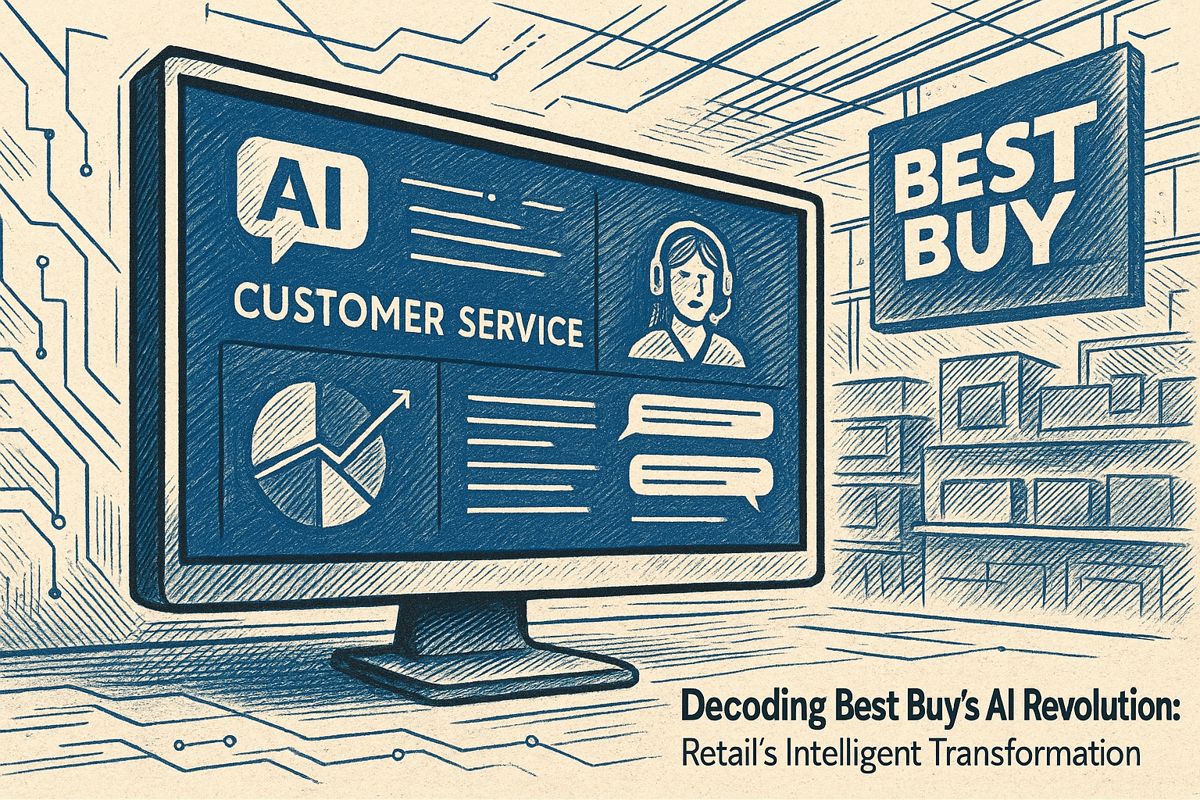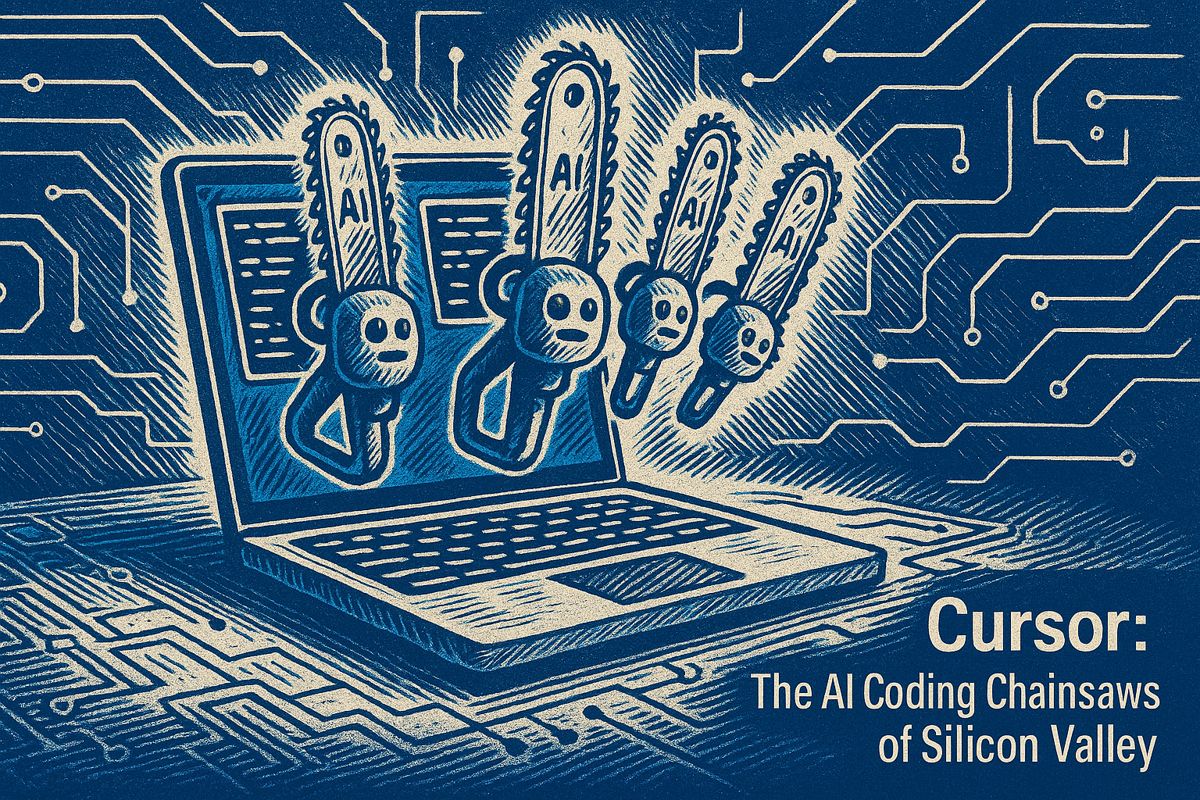Asset management firms that make AI a central strategy are pulling ahead by cutting costs, speeding up operations, and building better client relationships. In 2025, leaders use AI for everything – from safer compliance and quicker portfolio changes to automating tasks and winning more client business. Regulations now demand strong AI oversight, and firms ready for this are thriving, while others scramble to keep up. AI-first companies see faster growth and smoother workflows, setting the standard for the whole industry. Adopting AI isn’t just an upgrade; it’s the key to surviving and winning in the future.
Why is adopting AI as a strategic priority crucial for asset management firms in 2025?
Adopting AI as a core strategy enables asset management firms to achieve faster portfolio rebalancing, lower costs, stronger client relationships, and improved regulatory compliance. Firms with an AI-first mindset are experiencing higher AUM growth, streamlined operations, and a clear competitive edge over those treating AI as just an IT tool.
Asset and wealth management firms that treat AI as strategy rather than software are pulling away from the pack in 2025. A Gartner survey shows that 75 % of leading firms have already moved beyond pilots and are scaling enterprise-grade AI programs, while the rest still treat it as an IT experiment. The gap is visible in every metric that matters: faster portfolio rebalancing, lower operating costs, deeper client relationships, and, ultimately, higher assets under management (AUM).
Why the shift is accelerating
- Regulators have stopped asking “if” and started asking “how well” AI is governed.*
- The SEC’s 2025 proposal on covered technologies (AI, predictive analytics, digital engagement tools) requires firms to document model risk, explainability, and supervisory controls in real time.
-
FINRA Notice 24-09 makes it clear that AI tools must comply with Rule 3110 supervision standards, regardless of whether they are built in-house or sourced from vendors.
Firms with an AI-first mindset anticipated these requirements and built compliance-by-design architectures; laggards are now racing to retrofit governance layers. -
Cost pressure and margin compression leave little choice.*
- McKinsey* * estimates that AI-enabled automation can cut middle- and back-office costs by 25–40 %** for mid-sized asset managers.
- AI agents built on SAP’s Joule platform already handle dispute management, cash-flow forecasting, and regulatory reporting with 80 % task coverage, acting as an “extra brain” inside finance workflows.
Where AI is unlocking value today
| Use case | Typical KPI lift | Example platform |
|---|---|---|
| Hyper-personalized client portfolios | +20–30 % wallet share | Betterment, Wealthfront (>$40 bn AUM run on AI) |
| Real-time risk alerts & rebalancing | -40 % time to adjust | Joule AI Copilot (SAP) |
| Automated quarterly client reports | -90 % manual hours | Generative AI tools (Deloitte 2025 study) |
| Compliance anomaly detection | -60 % false positives | FINRA-approved AI overlays |
Competitive snapshot: leaders vs. laggards
| Dimension | Leaders (AI-first) | Laggards (AI-later) |
|---|---|---|
| AUM growth (2023–2025) | +18 % CAGR | +4 % CAGR |
| Tech spend allocation | 30 % of opex on AI/cloud | <10 % |
| Reg readiness | Continuous automated reporting | Quarterly manual audits |
| Client onboarding time | <15 minutes (AI KYC) | 2–5 days |
| Data architecture | Unified, real-time lakehouse | Siloed warehouses |
Sources: McKinsey 2025 outlook, Deloitte 2025 tech trends
Key takeaway for 2025
An AI-first approach is no longer an innovation project – it is the operating model that defines which firms will gain share and which will be consolidated away.
What distinguishes an AI-first strategy from simply adding AI tools to existing workflows?
An AI-first strategy is built into the firm’s operating model from day one, not bolted onto legacy systems. Instead of asking “where can we plug in AI?”, leaders re-imagine client journeys, risk processes and data architecture around continuously learning algorithms. According to SAP’s 2025 outlook, AI agents could support up to 80 % of the most-used business tasks in SAP by 2025, turning automation from a cost play into a revenue driver (source). In practice, that means portfolio rebalancing, compliance checks and client outreach are designed to be triggered, refined and audited by machine reasoning first, with humans focusing on exceptions and high-touch relationships.
How are asset managers measuring the ROI of generative AI initiatives today?
Leading firms track five KPI buckets:
- Client experience – Net Promoter Score uplift and personalization index.
- Operational efficiency – 25–40 % reduction in manual processing time for mid-sized managers.
- Decision quality – risk-adjusted return improvements vs. benchmark.
- Adoption rate – percentage of workflows orchestrated by agentic AI models.
- Revenue impact – increase in assets under management driven by faster onboarding and deeper client segmentation.
McKinsey’s 2025 study shows early adopters already manage over $40 billion via AI-first platforms, with measurable gains across these metrics (source).
Which regulatory areas are most critical for AI governance in 2025?
The SEC, FINRA and CFTC have all issued fresh guidance in the past 12 months. Model risk management and explainability sit at the top of the list:
- SEC’s proposed “covered technology” rules demand documented bias testing, algorithm transparency and supervisory systems tailored to AI outputs.
- FINRA Regulatory Notice 24-09 reaffirms that all AI tools must comply with existing supervision and data-privacy rules, regardless of vendor.
- CFTC requests for comment signal forthcoming statutory requirements on AI usage in derivatives trading.
Firms are responding with cross-functional AI governance committees, independent model audits and real-time monitoring dashboards to pre-empt regulatory action.
Where is generative AI delivering the quickest wins for client communication?
Two use cases already show double-digit efficiency gains:
- Automated personalized reporting – Quarterly summaries and performance reviews are generated in minutes, tailored to each client’s tax jurisdiction and risk language.
- Hyper-personalized engagement – AI crafts emails, educational articles and market updates that adapt tone, length and product references to individual investor profiles.
Deloitte’s 2025 Tech Trends report cites firms deploying these capabilities see client satisfaction scores rise by 18–22 % within six months (source).
What risks should firms weigh before accelerating AI roll-outs?
Four pitfalls dominate board discussions:
- Data dependency risks – AI accuracy hinges on clean, comprehensive data; gaps amplify bias and model drift.
- Loss of human trust – Over-automation can erode advisor-client relationships, especially during volatile markets.
- Integration complexity – Legacy systems often require costly cloud re-platforming to support real-time AI workloads.
- Regulatory velocity – New rules arrive faster than compliance cycles, risking retrospective penalties.
Industry best practice now pairs every AI rollout with human-in-the-loop oversight, phased deployment and scenario stress tests against upcoming SEC and FINRA guidance.



















